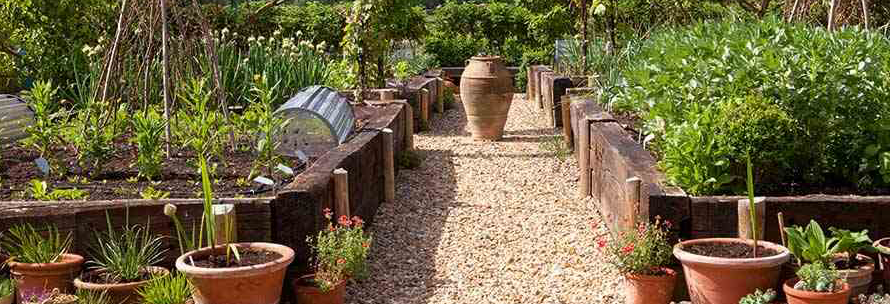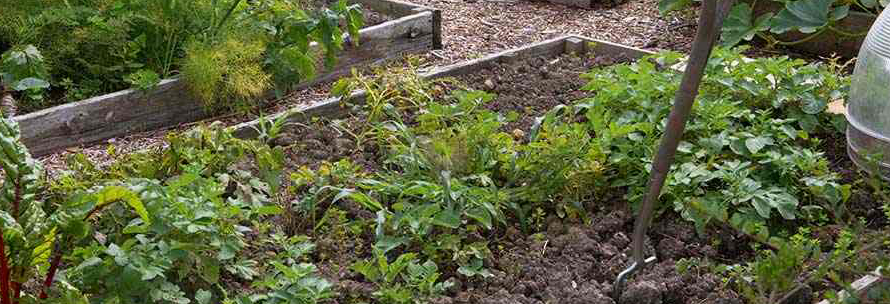How to Start a Kitchen Garden

The kitchen garden is becoming a popular concept. Concerns about the safety and nutritional value of supermarket produce, the effects of climate change on crops, and the need to feed a growing population has led to many people growing their own produce to save money, reduce waste, and protect the environment. Not to mention the positive effects it has on their health.
Why start a kitchen garden?
It can save you money
Growing your own produce can save money spent on groceries.
It’s a good use of the space you have
Even if you have a small garden, growing your own produce is a productive use of the available amount of space.
Sustainable living
Growing your own produce will help you to be more aware of, and interested in, sustainable living. It also feels good to know you’re benefitting the environment in the process!
You can earn some extra income
If you are successful in growing your own produce, there’s also the possibility of selling what you grow.
How much does it cost to start a kitchen garden?
What will you need?
- Pots: Buy pots which are big enough for what you plan to grow.
- Potting mix: This makes growing healthy plants much easier.
- Garden trowel: For planting and digging.
- Garden gloves: These will protect your hands from dirt and scratches when you’re in the garden.
Starting a Kitchen Garden
Choosy a sunny spot, and know your crops
Choose a spot for your kitchen garden which ideally gets 6 hours of direct sunlight each day. Think about what you want to grow, and do your research on what your crops need in terms of space, water, and soil type.

If you’re starting your kitchen garden on a patch of lawn
Build it up from the ground, or plant straight in the ground. Raised beds are a good idea if your soil is of poor quality and doesn’t drain well.
Choosing what to grow
It’s always a good idea to grow thinks you like to eat. Once you have a good base of produce, then start exploring different things.
One of the simplest ways to structure your kitchen is to base it on salad. Lettuce and other green leafy veg don’t need a lot of space and they grow quickly. You can grow them in most climates too.
Herbs are also a nice addition to a kitchen garden. Try herbs such as parsley, chives, sage, basil, tarragon, and mint. You will have plenty of ready-made flavour enhancers for your meals in no time.
How to maintain your kitchen garden
It’s all about mulch
After you have sown your seeds and planted your plants, it’s time to think about creating a compost out of any organic matter you can. Grass clippings, leaves, and even dead weeds can be added to the soil to deter weeds, keep the soil moist and provide nutrients.
Water your garden
Make sure your plants are getting enough to drink, especially when they are just seedlings and their roots haven’t fully developed. Water them lightly every day or two. Once they are fully mature, water them once per week, or more in hot, dry weather.
Deter diseases and pests
Some crops will produce yields as little as 1 month after planting, if the conditions have been optimal. Use organic products to protect plants from diseases and bacteria, and think about a good fence or maybe some netting to protect them from pests and pesky wildlife.
Try succession planting for success
Rather than trying to do your garden in one weekend, plant it over a few weeks. Every time you harvest a row, plant a new one. This is called succession planting.
Carrying on with your kitchen garden
Once you get more confident in your gardening abilities, you can be more adventurous with your choices of crop; asparagus, anyone?
Also, don’t forget to add flowers. They add a touch of colour and beauty to any garden, and they are useful for attracting beneficial insects while keeping other nuisance pests away.








